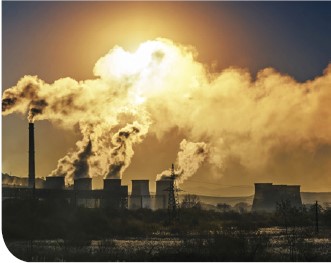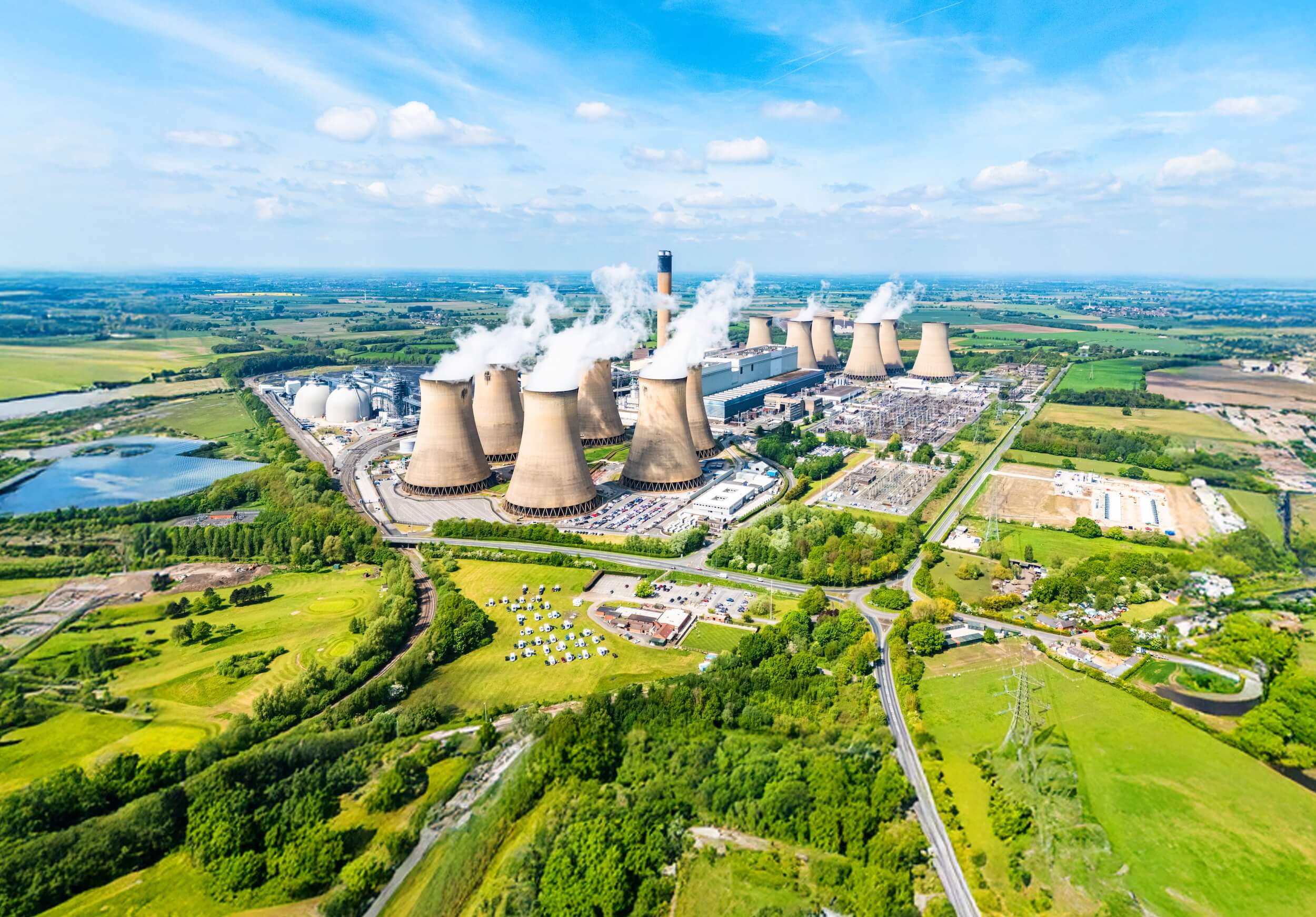



The word “carbon market” may sound curious and new. Many countries see it as a promising mechanism to minimise greenhouse gas (GHG) emissions.
I would like to briefly introduce how carbon markets work and discuss the conditions necessary for ASEAN countries to succeed if they opt for this strategy.
A carbon market is an instrument that creates economic incentives for entities to choose more energy-efficient methods and activities and reduce GHG emissions.
First, the market administrator sets the limit for GHG emissions amount from all the entities. A quota is then allocated to each entity. If an entity wants to conduct more economic activities with more GHG emissions (e.g. by using more fossil fuel energy) than the allotted quota, it may consider the following options:
(i) invest in higher energy efficiency options; (ii) purchase additional quota from another entity that has some leeway; or (iii) give up further earnings because the quota is more expensive.
In this market, selling and buying a quota can be viewed as an investment for effective emitters and an additional burden for polluters at the same time. What is significant about carbon markets is that the price for emission, investment destination, and choice of approach for emissions reduction (e.g. low carbon/decarbonising technologies) can be decided by each player following market mechanisms. Governments do not have to prepare a plan for each entity. That is why this instrument is believed to provide optimum conditions to achieve the abovementioned GHG emission target. Each player can predict, more or less, the additional cost for each option if it exceeds the quota. Thus, theoretically, the cost equals the negative externality arising from the amount of GHG emissions, or additional damage that would have been caused by the emission.
Traditionally, the reduction of GHG emissions (mitigation) in developing countries was implemented on a per-project basis predominantly led by the government with international support. However, a shift in approach is needed to make mitigation activities economywide in order to achieve the global below-2°C goal under the Paris Agreement
In this market, selling and buying a quota can be viewed as an investment for effective emitters and an additional burden for polluters at the same time. What is significant about carbon markets is that the price for emission, investment destination, and choice of approach for emissions reduction (e.g. low carbon/decarbonising technologies) can be decided by each player following market mechanisms. Governments do not have to prepare a plan for each entity. That is why this instrument is believed to provide optimum conditions to achieve the abovementioned GHG emission target. Each player can predict, more or less, the additional cost for each option if it exceeds the quota. Thus, theoretically, the cost equals the negative externality arising from the amount of GHG emissions, or additional damage that would have been caused by the emission.
Under a carbon market, the private sector plays a central role in terms of actual emissions reduction. They are the implementers of emissions reduction activities, the finance source, and the investors. The main role of the government is to catalyse actions of the private sector by developing and maintaining the framework.
Opportunities for the private sector are also foreseen. Recent trends show that global investment, supply chains, and end-users are seeking to engage more with green companies and suppliers to expand their activities. Hence, a good performance in a carbon market is critical, as it adds to a company’s appeal.
There are some challenges to trading in carbon markets. A typical example is that carbon markets are sometimes inadequately designed for effective GHG reduction. An excessive quota allocation is no more than easy money for the entity. This is referred to as as “hot air.” In this regard, a market should be framed to deliver net emission reduction, with a clear policy direction.
Also, a sound carbon market needs to be supported by technical guidelines and registry infrastructure which will ensure the robustness of GHG emissions reduction achievements and the transparency of credit transactions among market participants. Since credibility is a prerequisite for successful carbon markets, it is crucial for policymakers to create such an enabling environment, taking into account past international practices.
The Tokyo-Emission Trading System (ETS) is considered one of the successful examples of a carbon market. Some keys to success are fair design of the system including appropriate allocation of quota, accurate measurement and reporting system supported by sufficient training to players, and so on. Private sector engagement is a catalyst for many of these issues. To realise a successful carbon market, policymakers should take a step-by-step approach, for elaborating a grand design of the market, considering technical and methodological aspects of rules and guidelines, and communicating with the private sector for their better understanding of the significance of the system and appropriate ways to prepare for participating in the market.
In the ASEAN region, some countries are already showing interest in designing national carbon markets. Indonesia, Thailand, and Vietnam are participating in the Partnership for Market Readiness Projects, and Brunei Darussalam indicated a plan to develop carbon markets in the Brunei Darussalam National Climate Change Policy in July 2020. Malaysia and Indonesia are prepared to receive payment from CO2 recovery in forestry (under the Reduce Emissions from Deforestation and Forest Degradation or REDD programme). Singapore designed a carbon tax system that will allow taxpayers to pay by international carbon credits in the future. Significant portion of these efforts are focused on Measurement, Reporting and Verification (MRV) which means monitoring of energy and resource consumption, quantification of GHG emissions, reporting to the government on the MRV system, and checking the submitted accuracy of quantification of GHG emissions. Some existing reporting systems such as for energy, climate change, and other administration purposes are often used as the bases for developing GHG MRV system. Streamlining and enhancing these information flows will create co-benefits for initiating carbon markets that require intensive measurement and accurate data.
ASEAN can take advantage of its intergovernmental cooperation to potentially develop a regional carbon market system similar to the EU-ETS.
The current COVID-19 crisis has made a great impact on the global economy. It cannot be denied that some of climate change countermeasures have taken a backseat to the pandemic response. Unintended GHG emissions are also taking place. But with the United Nations Framework Convention on Climate Change encouraging parties to continue climate actions and raise ambitions through the event, June Momentum, the international motivation to fight against climate change has not slowed down.
With the COVID-19 crisis, now more than ever an innovative and robust way of reducing emissions is highly desired. The carbon market can be an alternative mechanism to accelerate private sector interventions towards a green recovery from COVID-19.
A proper carbon market is an innovative solution to emissions reduction and with an appropriate support of private finance, it can be a multisectoral solution in a post-COVID era and an incentive to create a more resilient society.








